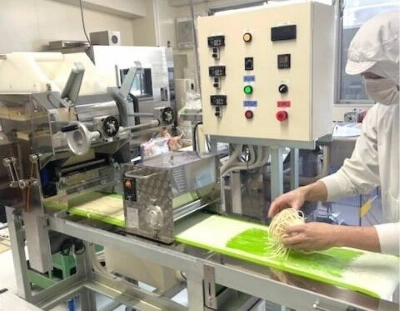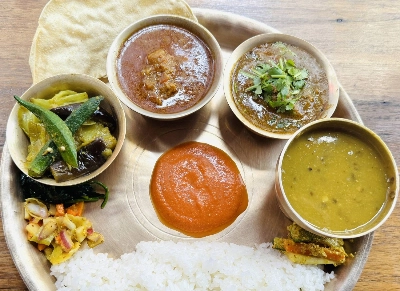I fought for years with and for Julian Assange. But upon hearing that he had regained his freedom, my first thought was that he was returning to a world that looks — and is — much worse than the one he left behind. Pandemics, wars and widespread ecological breakdown force us to ask the big question: In what sense are we who breathe the fresh air outside prisons still free?
Even our fictional accounts are getting worse. The new children’s movie "Inside Out 2" follows a 13-year-old Riley at the start of puberty. Her personified emotions — joy, sadness, fear, anger, disgust — have created a new section in her mind called the “sense of self.” Then, four new emotions — anxiety, envy, embarrassment, ennui — arrive and conflict ensues. Joy thinks Riley should focus on having fun at camp, while anxiety wants Riley to win a spot on the team and make new friends. In the end, the first and second generations of emotions learn to work together to protect Riley’s ever-changing sense of self, leaving viewers with an utterly fraudulent depiction of the human psyche.
In the real world, these internal psychic tensions often escalate to the point of madness. A much better movie would have portrayed the emotions of a Palestinian boy in the ruins of Gaza, not a girl from a wealthy Los Angeles suburb. Rather than working together to form a stable self, his conflicting emotions would push him toward psychic breakdown and suicidal acts of violence. Recall G.K. Chesterton’s wonderful description:


















With your current subscription plan you can comment on stories. However, before writing your first comment, please create a display name in the Profile section of your subscriber account page.